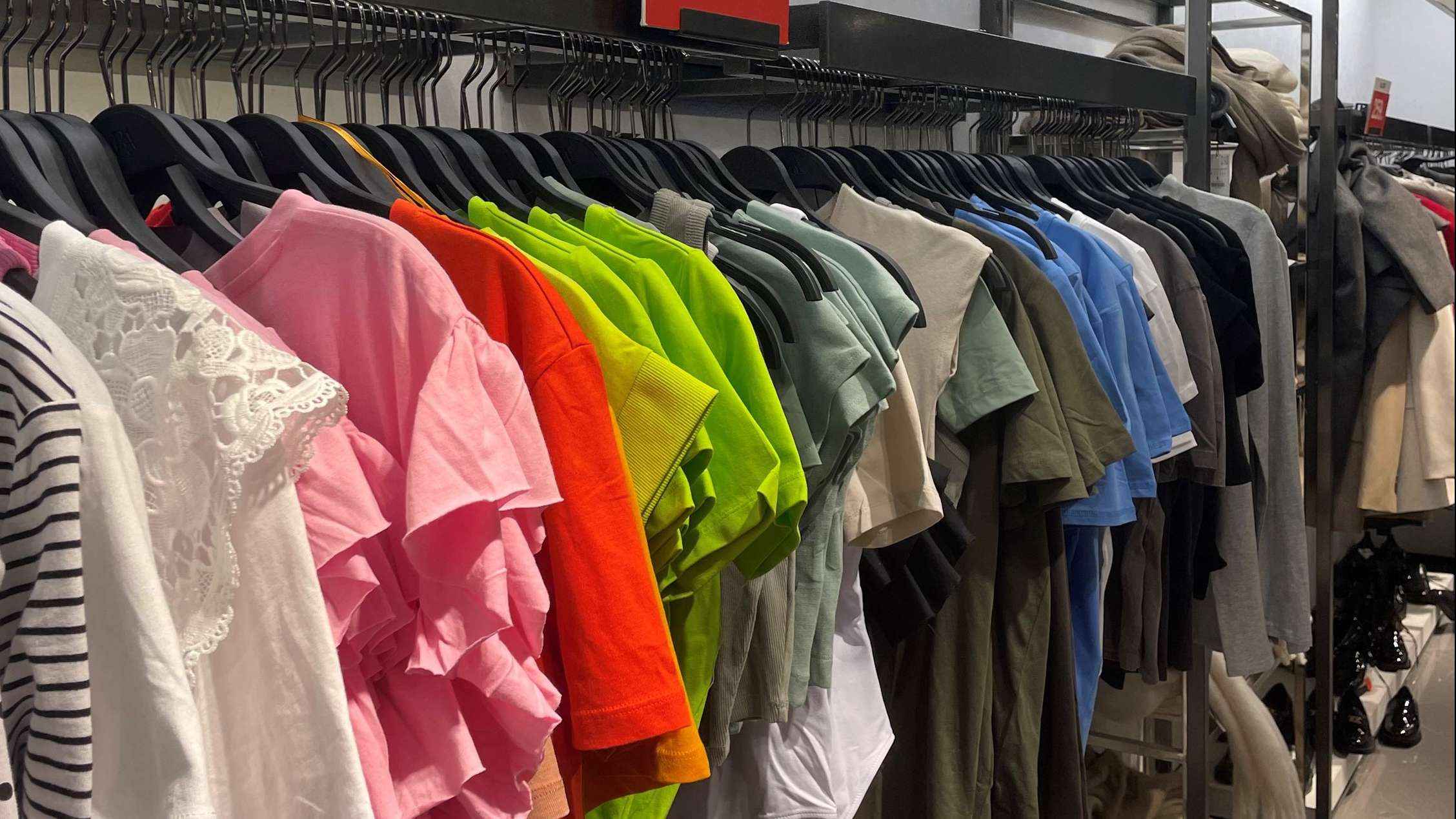EU Garment Imports Shift: Consolidation gives way to diversification

EU GARMENT IMPORTS SHIFT: CONSOLIDATION GIVES WAY TO DIVERSIFICATION
A new analysis of EU garment import data from the International Trade Commission reveals a shift in sourcing patterns. While overall imports have stabilized, with a minor 2 per cent dip year-to-date (YTD) September 2024 compared to the same period in 2023, a notable trend is the reversal of consolidation.
In 2019, top garment exporting countries held a commanding 98.1 per cent share of the EU market. However, this dominance has weakened, with the figure dropping to 93.9 per cent YTD September 2024. This suggests a growing diversification in the EU's sourcing strategy, potentially driven by factors such as rising costs in traditional production hubs, geopolitical considerations, and a desire for greater supply chain resilience.
Analysis reveals winners and losers
David Birnbaum, a leading expert in textile and apparel trade, has categorized the key exporting countries into four tiers to better understand the evolving dynamics:
Tier 1: EU and China
This tier, representing the largest suppliers, has seen internal shifts. While the combined market share of the EU and China remained relatively stable between 2019 and YTD September 2024 (55.4 per cent to 56.1 per cent), the EU's internal sourcing has surged from 33.3 per cent to 40 per cent. Conversely, China's share has declined from 22.1 per cent to 16.1 per cent. This could indicate a ‘nearshoring’ trend, with EU manufacturers favoring production closer to home.
Tier 2: Bangladesh, Türkiye, Vietnam, India
This tier shows mixed results. Bangladesh, Vietnam, and India have all registered gains in the most recent data, signalling their growing competitiveness in the EU market. However, Türkiye appears to be facing headwinds.
Tier 3: Cambodia, Morocco, Pakistan
All three countries in this tier are emerging as ‘winners’, with their market share increasing according to the latest data. This suggests that they are successfully capitalizing on the diversification trend and offering competitive advantages to EU buyers.
Tier 4: Myanmar, Tunisia, Indonesia, UK
These countries seem to be experiencing a long-term decline in their EU market share. This could be attributed to various factors, including political instability, rising labor costs, or challenges in meeting sustainability standards.
Table: EU garment imports market share (%)
Country/Region | 2019 | 2020 | 2021 | 2022 | YTD 09-23 | YTD 09-24 |
EU | 33.3 | 32.9 | 33.5 | 29.9 | 35.3 | 40 |
China | 22.1 | 22.2 | 21 | 21.5 | 18.7 | 16.1 |
Bangladesh | 13.6 | 13.6 | 14.7 | 16.7 | 14.8 | 13.1 |
Türkiye | 7.7 | 8.3 | 8.8 | 8.5 | 8.3 | 6.6 |
Vietnam | 3.2 | 3.3 | 3.2 | 3.7 | 3.7 | 3.1 |
India | 3.7 | 3.3 | 3.3 | 3.5 | 3.3 | 3.2 |
Cambodia | 3.2 | 3 | 2.8 | 3.1 | 3.1 | 2.9 |
Morocco | 2.4 | 2.2 | 2.5 | 2.3 | 2.4 | 2.1 |
Pakistan | 2.3 | 2.4 | 2.7 | 2.4 | 2.7 | 2.4 |
Myanmar | 2 | 2.3 | 1.9 | 2.4 | 2.1 | 1.4 |
Tunisia | 1.7 | 1.6 | 1.5 | 1.5 | 1.8 | 1.4 |
Indonesia | 1.1 | 1.1 | 1.1 | 1.2 | 0.9 | 0.8 |
UK | 2 | 2 | 1.3 | 0.9 | 0.9 | 0.7 |
Looking ahead
This early analysis of EU garment import data reveals a market in flux. The ongoing diversification trend presents both challenges and opportunities for garment-exporting countries. As the EU continues to re-evaluate its sourcing strategies, agility and adaptability will be key for suppliers to maintain and grow their market share. Factors such as sustainability, speed-to-market, and cost-efficiency will likely play a crucial role in shaping the future landscape of EU garment imports.
By Fashionating World
https://www.fashionatingworld.com/new1-2/eu-garment-imports-shift-consolidation-gives-way-to-diversification
